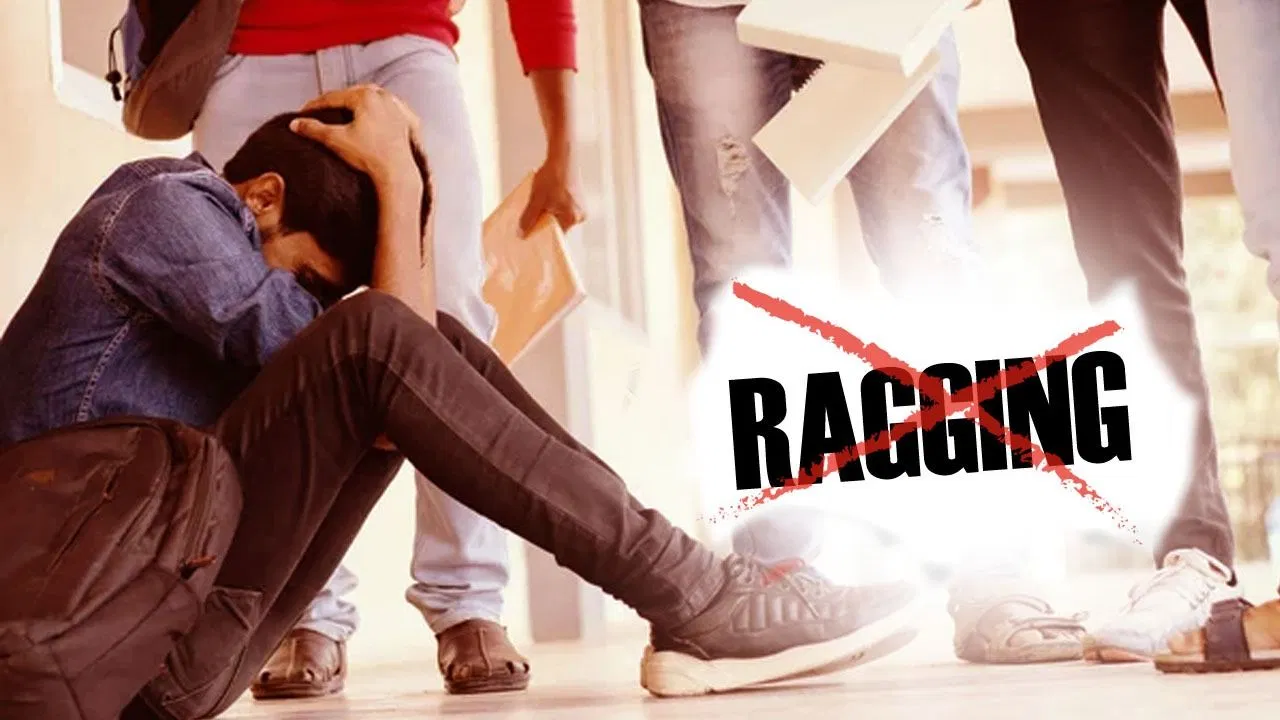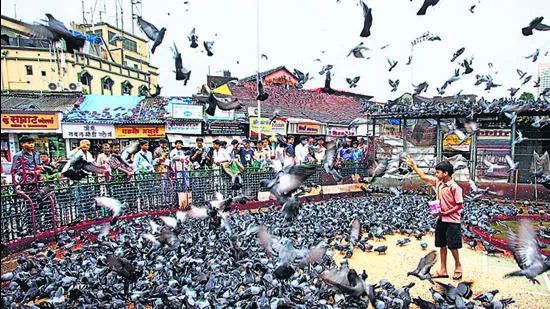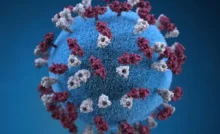Ragging, a persistent and disturbing problem in Indian educational institutions, continues to take a heavy toll on students. A new study, State of Ragging in India 2022-2024, reveals alarming statistics regarding the severity and extent of ragging in colleges and universities across the nation. Between 2022 and 2024, 51 students lost their lives due to ragging-related violence, a death toll that is comparable to the suicides of students in Kota, Rajasthan’s renowned coaching hub, during the same period. This report, released by the Society Against Violence in Education (SAVE), highlights a grim picture of the ongoing challenge posed by ragging, an issue that has been overlooked for far too long.
The study is based on 3,156 complaints registered with the National Anti-Ragging Helpline from 1,946 colleges across India. These complaints offer a snapshot of the broader picture of ragging-related issues in educational institutions. However, experts behind the report caution that the actual number of complaints and cases is likely far higher. Many students, fearing retaliation and further victimization, are reluctant to report incidents of ragging. According to the report, complaints filed with the helpline represent only a fraction of the real numbers, with many cases going unreported to the authorities. It suggests that a large number of ragging incidents are either reported directly to colleges or, in extreme cases, directly to the police. The reluctance to report is particularly evident among students who suffer in silence, fearing the repercussions on their academic life and personal safety.
Focus on Medical Colleges as Ragging Hotspots
The report identifies medical colleges as particular “hotspots” for ragging, raising serious concerns about the safety and well-being of students in these high-pressure environments. Although medical colleges account for only 1.1% of the total student population in India, they account for a staggering 38.6% of the total complaints registered during this period. Furthermore, medical colleges represent 35.4% of the serious ragging complaints and an alarming 45.1% of ragging-related deaths, underscoring the severity of the issue within this category of educational institutions.
This trend is particularly concerning considering the intense pressures faced by medical students, including long hours of study, the trauma of dealing with critical health issues, and the overall rigors of their academic journey. The addition of ragging—often violent, humiliating, and physically harmful—adds an additional layer of stress and trauma, which can be mentally and emotionally overwhelming for students. The implications of this culture extend beyond the immediate harm caused to students; it also affects their academic performance and future careers.
High Risk of Non-Reporting and Reluctance to Speak Out
The reluctance of students to report ragging is a significant issue that has been highlighted by the report. Fear of retaliation, social isolation, and the potential for further violence contribute to the silence around many incidents. As a result, many victims of ragging suffer in isolation, with no support or avenue to seek redress.
The report notes that while 3,156 complaints were formally registered, this number represents only a small fraction of the total incidents. Many students do not muster the courage to report incidents of ragging, either due to fear of reprisals or because they are ashamed of the violence inflicted upon them. This culture of silence prevents educational institutions from taking action and addressing the root causes of ragging.
Furthermore, many institutions fail to properly investigate ragging cases or, in some instances, attempt to cover up the incidents to protect their reputation. This lack of accountability only perpetuates the culture of ragging and further endangers students who are subjected to abuse and violence.
Recommendations for Preventing Ragging and Ensuring Student Safety
The State of Ragging in India 2022-2024 report outlines several key recommendations to help reduce the prevalence of ragging and protect students. One of the primary recommendations is the establishment of Anti-Ragging Squads in colleges, consisting of dedicated security personnel whose contact details should be shared with incoming students. These squads would help to monitor and prevent ragging incidents, ensuring that students feel safe and supported.
Another crucial suggestion is the implementation of CCTV surveillance in hostels, which should be closely monitored by security personnel, anti-ragging committees, and even parents. This would help to deter ragging by ensuring that incidents are caught on camera and that perpetrators are held accountable for their actions. The report also recommends that institutions file police complaints within 24 hours for serious cases of ragging. This would ensure that incidents are properly documented and investigated by the authorities, rather than being swept under the rug.
Furthermore, the report advocates for separate accommodation for freshers, as per the University Grants Commission (UGC) and National Medical Commission (NMC) regulations. By providing separate hostels for incoming students, institutions can help to protect them from potential abuse by senior students. Freshers should be given a safe space to adjust to their new environment without the threat of ragging hanging over them.
The Need for Comprehensive Anti-Ragging Initiatives
The report emphasizes that preventing ragging requires more than just a set of regulations. It requires a cultural shift within educational institutions and society as a whole. Ragging is a form of violence that perpetuates a toxic and abusive culture, where senior students view themselves as having the power to dominate and degrade newcomers. This mindset must be challenged, and students must be taught the importance of respect, empathy, and kindness.
Educational institutions have a responsibility to create safe environments for all students, and this begins with proactive measures to prevent ragging. This includes training faculty and staff to recognize signs of ragging, providing support to victims, and ensuring that all students are aware of the consequences of engaging in such behavior. Students should also be encouraged to speak out and report incidents without fear of retribution.
The role of parents cannot be overlooked either. They must be involved in their children’s education and well-being, ensuring that they are aware of the dangers of ragging and providing support if their children are affected. By working together, educational institutions, students, and parents can create a safer, more supportive environment where ragging is not tolerated.
The findings of the State of Ragging in India 2022-2024 report are a stark reminder of the urgent need to address the issue of ragging in educational institutions. The tragic loss of 51 young lives due to ragging-related violence is a wake-up call that cannot be ignored. While there have been efforts to combat ragging, including the establishment of the National Anti-Ragging Helpline, much more needs to be done to ensure that students are protected from violence and abuse.
The recommendations outlined in the report provide a clear path forward, but they require collective action from all stakeholders—educational institutions, the government, students, and their families. Only by working together can we hope to eradicate the scourge of ragging and create an environment where all students can learn and grow without fear.
Ragging is not just a rite of passage or a harmless tradition—it is a violent, traumatic experience that can have lifelong consequences for its victims. As a society, we must take a stand against this practice and ensure that future generations of students are able to enjoy their education in a safe and supportive environment. The time for action is now.










